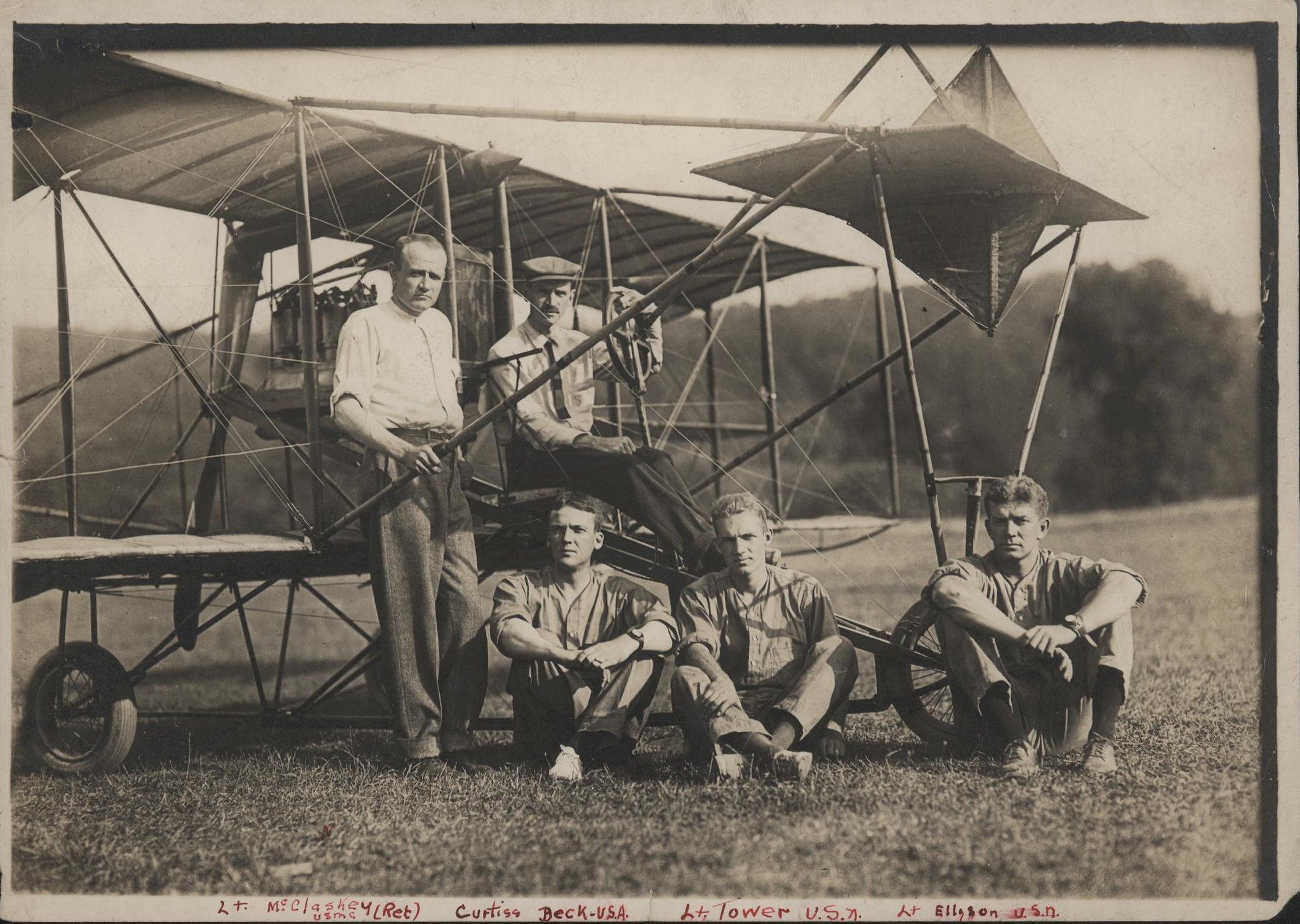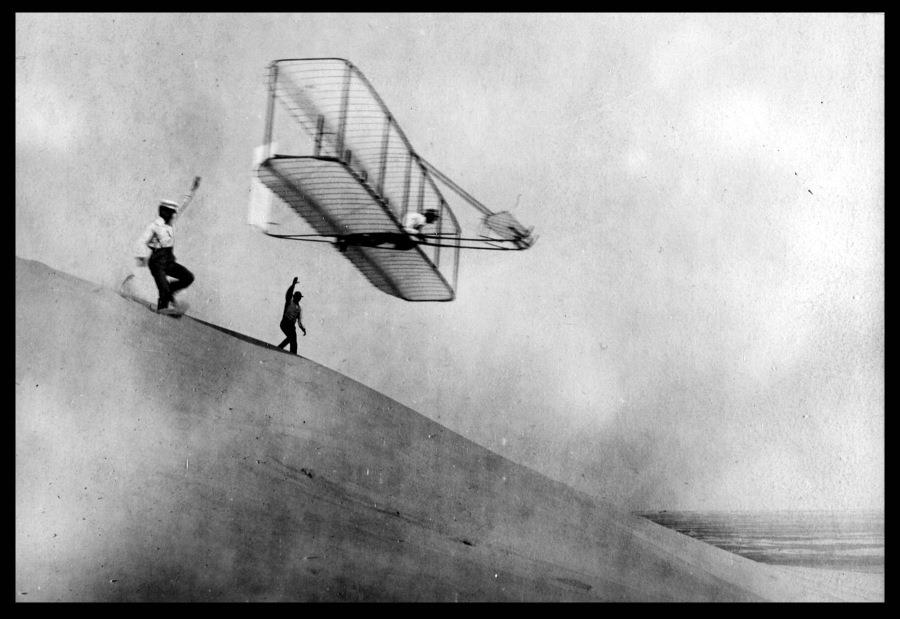 On 7th October 1909, American aviation pioneer, Glenn Hammond Curtiss, became the first pilot in the country to hold the FAI (Fédération Aéronautique Internationale) aviation certificate.
On 7th October 1909, American aviation pioneer, Glenn Hammond Curtiss, became the first pilot in the country to hold the FAI (Fédération Aéronautique Internationale) aviation certificate.
Glenn Curtiss was born on 21st May 1878, in Hammondsport, New York. Although his official education ended with the eighth grade, Curtiss´ technical skills and talent for mechanics led him far beyond than the formal schooling.
Yet in the early 1900s, Curtiss began his career as a bicycle racer. Shortly after, he focused on motorcycles and opened a small workshop to manufacture them. Curtiss´ motorcycles were powered by engines he designed and adopting his other inventions.
In 1907, he set an unofficial world speed record of 219.45 kph and was nicknamed ´the fastest man in the world´. Later the same year he joined Aerial Experimental Association (AEA) and then designed one of its aircraft, known as ´June Bug´.
Within the AEA, Curtiss was not only the designer but also the test pilot and performed proving flights of his aircraft. On 4th July 1908 he made the first pre-announced public flight in America, reached an altitude of 1,550 metres and won the Scientific American Trophy.
In recognition of his contribution to aviation, Fédération Aéronautique Internationale issued him the aviation certificate. On 7th October 1909, Glenn Curtiss officially became the first American pilot to be recognized by FAI.
Nevertheless, Curtiss had to wait almost two years for his domestic pilot´s licence. It was issued by the Aero Club of America on 8th June 1911. What´s interesting, due to the alphabetical system used with issuing the very first batch of the American aviation licences, Curtiss was the number one pilot in the USA, while the world-famous Wilbur Wright received the certificate number five.

It was just another pebble to the garden of war between Curtiss and the Wright brothers. Earlier in 1909, the Wrights launched a patent lawsuit against Curtiss, then followed by eight further ones. The so-called ´patent war´ lasted until the Great War and, eventually, the Wright brothers won every case they brought to the United States court.
Despite that, Glenn Curtiss continued his aviation developments, establishing cooperation with the US Navy. That partnership lasted for years and made Curtiss one of the iconic designers of the naval aircraft.
In 1911, Curtiss made a hydroplane. It was designated A-1 Triad and shortly after became the first aircraft of the US Navy. One year later, he developed the first flying boat and assisted with the first ship catapult launch of an aeroplane.
In 1915, Curtiss JN-4 ´Jenny´ training biplane was introduced into operational service with the US Army. That aeroplane turned out to be a big success and was manufactured in almost 7,000 examples. After the war, the ´Jenny´ was also used by several private operators and became the backbone of American civil aviation of the 1920s.
After that great commercial success, Curtiss Aeroplane and Motor Company merged with Wright Aeronautical and ten other companies, in June of 1929 officially forming the Curtiss-Wright Corporation – an aviation manufacturer that still exists until today and is active in aerospace, defence and nuclear power sectors.
Glenn Curtiss died just one year later, on 23rd July of 1930. The cause was an attack of appendicitis that occurred in court, during another lawsuit brought against Curtiss.
In 1933, Glenn Curtiss was posthumously awarded the Distinguished Flying Cross. He was also introduced into the National Aviation Hall of Fame (1964), the International Aerospace Hall of Fame (1965), the Motorsports Hall of Fame of America (1990), the Motorcycle Hall of Fame (1998), as well as the National Inventors Hall of Fame (2003).

Cover photo: Curtiss at Atlantic city, circa 1911 (Library of Congress Prints and Photographs Division, LC-USZ62-36412, cropped from original)



